Of all the Let’s Players out there, raocow stands out as one who gives fun, wacky commentary, but also has an eye for design and brings up insights on level structure, aesthetics, and the creative use of technology. He certainly isn’t out to trash or make fun of the games he plays, either, which are my least favorite kinds of LPs, and he mostly plays rom hacks and indie games that tend to put into perspective how indie developers (including individual game designers) can utilize ideas that bigger developers wouldn’t, ranging from games that are too hard to sell to a mass audience to games like Psycho Waluigi, a platformer in which Waluigi gains psychic powers and sets out to conquer the world.
The video he posted today was one of those hard levels—was it ever. Above all, I watch raocow because he’s a jovial, positive dude, so when he titles one of his episodes “Unraocow video” then I know we’re in for something brutal. I’ll say first that I’ve loved watching the rest of New! Super Mario World 2: Yoshi’s Island by YoshisFan. I’m not writing this as an attack (and I doubt he’d see it anyway). I’d say YoshisFan has done great work on a wonderful Yoshi’s Island fan game. I enjoyed Artoon’s Yoshi’s Island DS, but I’d take his game over it any day.
This one level, though, goes over the line—and, as always in my blog, the question is why and how. Most people who dislike the level would give the simple answer “it’s too difficult,” but I want to break down what that really means. Writing about “legitimate” and overbearing difficulty has been on my backburner and today just brought it to the forefront. Here are seven types of difficulty found in video games:
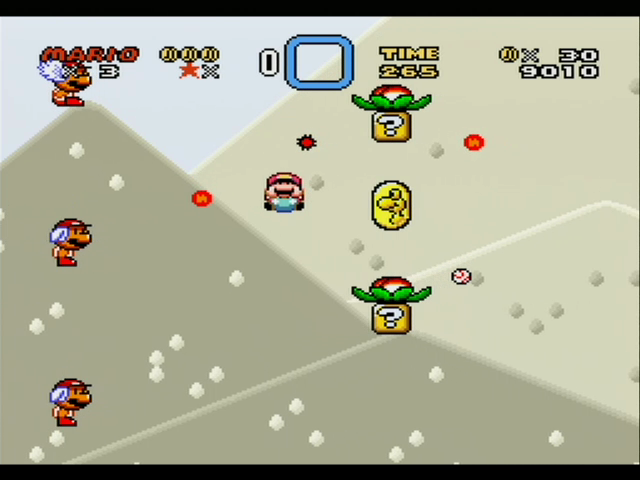
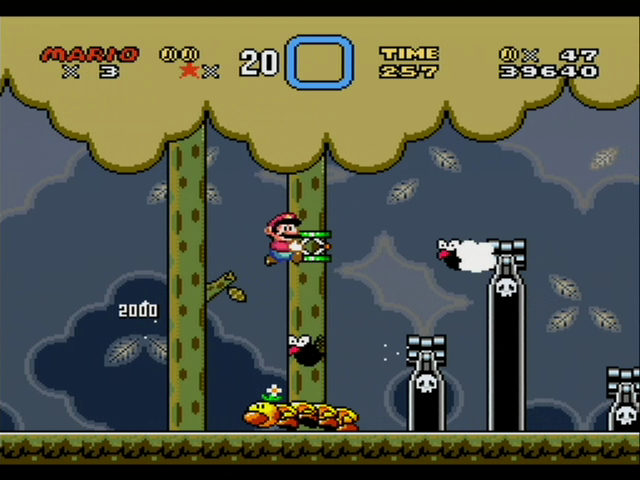
Even in their most challenging levels, great games typically use two, three, or four of these types of difficulty at once. Super Mario World isn’t a hard game by any means, but Tubular and Outrageous in the Special World are two of its higher-end levels. Tubular revolves around an uncommon game mechanic, has Mario over a pit at all times, and is on a sort of time limit—the duration of the balloon–but the enemies aren’t overbearing, it’s a very short level, and upcoming obstacles are easy to see coming. Outrageous has standard mechanics, no real threat of falling into holes, a generous time limit, and pretty easy terrain, but it uses tougher enemies like the flames and Wiggler who can’t be killed without a cape or Yoshi and hides some of the flames behind trees, requiring the player to remember where they are for next time.
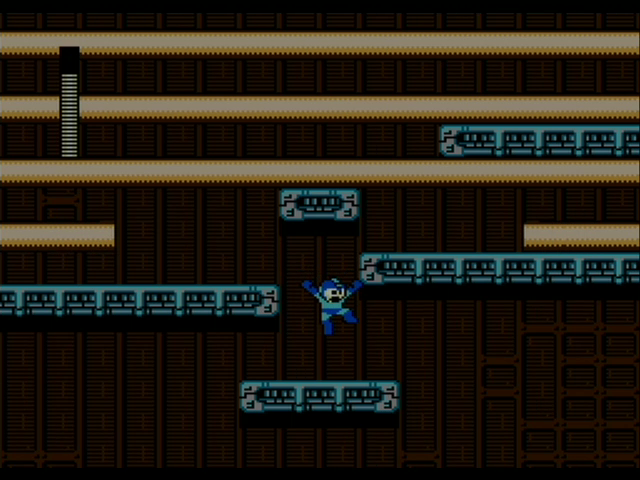
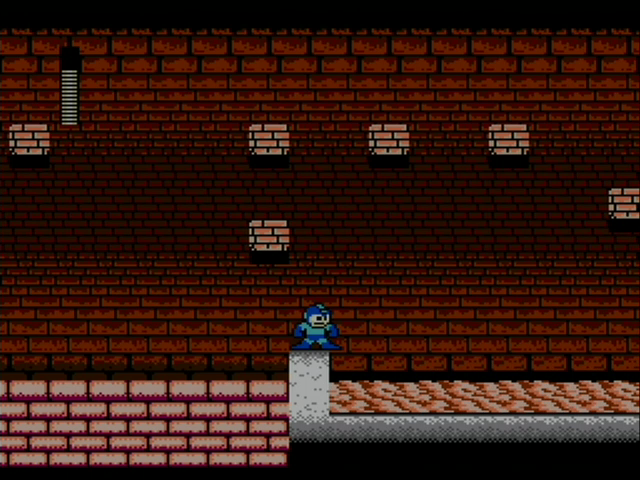 >
>Mega Man 2‘s Quick Man stage features instant-kill lasers, requires memorization, and is under a time limit of sorts, but enemies have no presence in those segments, all of Mega Man’s movement is normal, and they’re short sections. The Heat Man stage has a disappearing block section over instant-kill lava that requires memorization and has a couple of instances of precise movement (when a block appears overhead), but again there are no enemies, movement is normal, and it’s only one room.
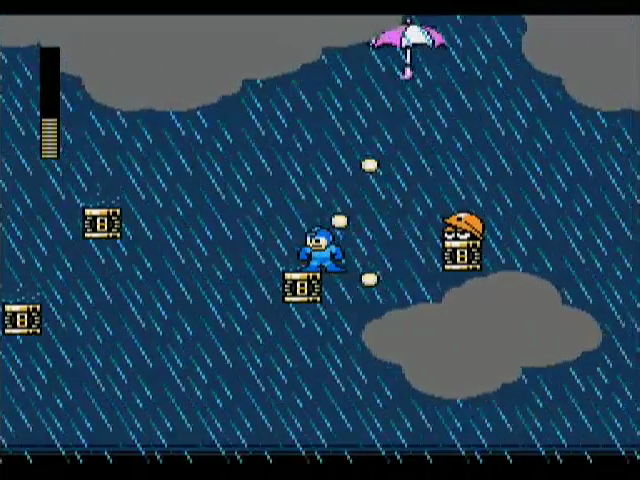
Even in Mega Man 9‘s Superhero Mode (the hardest difficulty), Tornado Man’s stage has rain pushing Mega Man around over death pits on one-block platforms, but there’s no rush for a time limit, enemies don’t get in the way of the patient, players can take time to chart out each jump, and even if they die, it’s still only a single level.
So what went wrong with the level in New! Super Mario World 2: Yoshi’s Island? Simply this: it used six types of difficulty at once. It’s a strictly timed run with tight platforming over one-hit-kill lava in an extensively-long level with a screen that’s almost always full of largely-randomized enemies, all while requiring the necessary memorization of pathways and falling stalactites.
No matter how hard a level is, it should still make clear to players, subconsciously, how they’re meant to approach it. If players don’t know what a level is requiring them to do, then they won’t be satisfied even if they beat the level because they’ll feel like they got through by luck without learning anything.
The problem is that if a level is about speed and enemies and tough platforming and an endurance run and pattern recognition, there’s no way players can figure that out until long after experiencing it. The creator very well understands what he or she is aiming for even before starting on the level, but from the player’s blind run perspective, trying to understand a level with so much going on at once is like trying to understand schizophrenia. There’s a reason that you wouldn’t see Capcom ever create Galaxy-Gravity-Spring-Bubble-Toad Man, whose level has a room that combines teleporters, gravity flipping, springs, water jumping mechanics, and rain wind into one.
Levels need an identity and a focus in order to help the player understand them. A tough game with focus—like, say, F-Zero GX or Touhou or any incarnation of Ninja Gaiden—can take its difficulty to the maximum level and the highest-tier gamers will walk away satisfied specifically because they slayed (or found out how close they could come to slaying) the biggest dragon, but a difficult game without focus loses even the best gamers and poisons the feeling of victory. To put it another way, I don’t believe in such a thing as “too difficult,” but I do believe in such a thing as “too much.”
